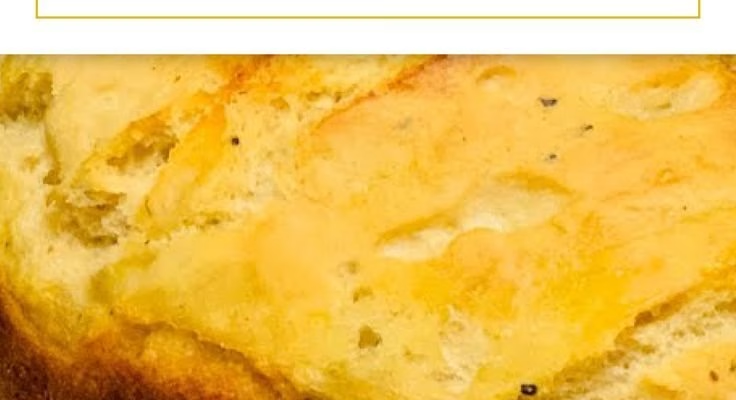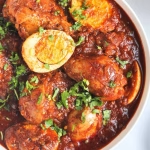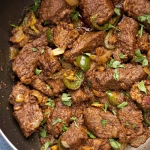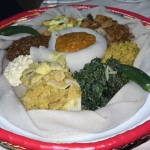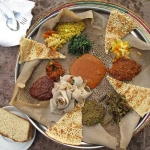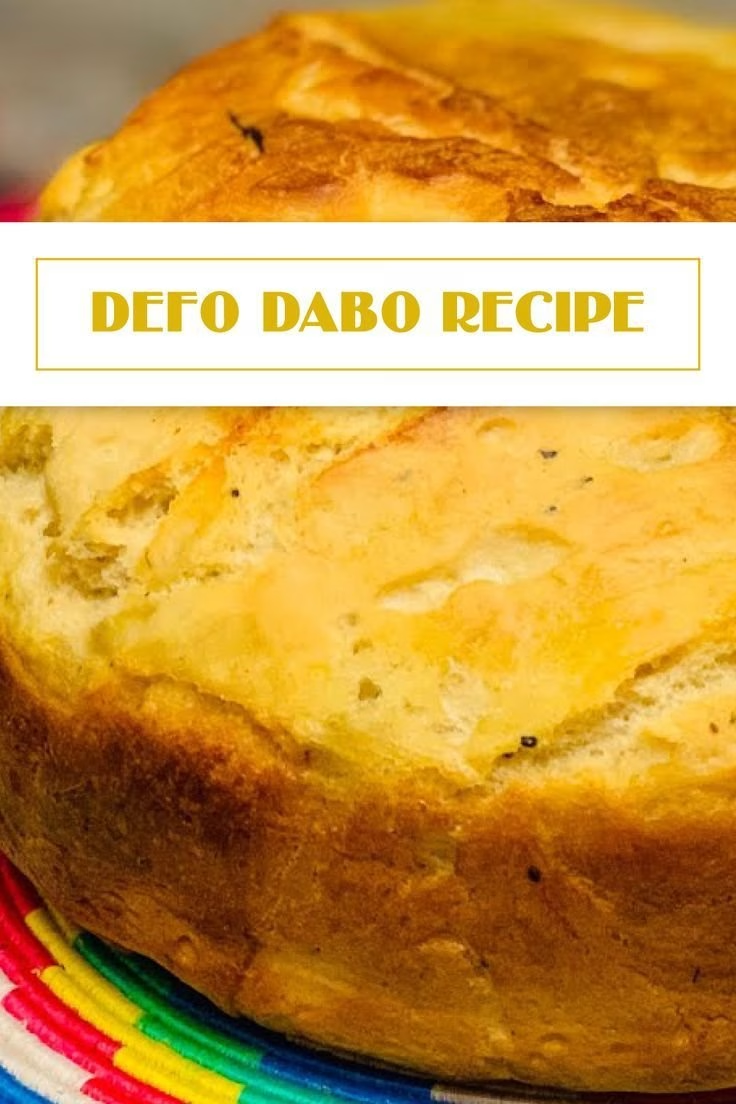
Introduction
Difo Dabo (Traditional Bread) is more than just a staple in Ethiopian cuisine; it’s a symbol of warmth, community, and shared meals. This delicious bread is known for its hearty texture and slightly sweet flavor, making it a perfect accompaniment to various dishes, especially stews and sautéed vegetables. Traditionally baked in a clay oven, Difo Dabo brings a unique cultural experience that connects families and friends during gatherings.
In this article, you’ll learn how to make Difo Dabo (Traditional Bread) at home with easy-to-follow steps. We’ll cover everything from the essential ingredients to variations, so you can customize it to your taste. Whether you’re looking for a comforting dish to serve at a family dinner or a way to impress friends at a gathering, this detailed guide is exactly what you need.
Ingredients
Here’s what you’ll need to prepare this delightful Difo Dabo (Traditional Bread):
| Ingredient | Measurement | Description |
|---|---|---|
| All-Purpose Flour | 4 cups | All-purpose flour creates the perfect base for Difo Dabo (Traditional Bread), resulting in a soft, fluffy texture. |
| Warm Water | 1 ½ cups | Warm water activates the yeast, ensuring the bread rises beautifully. |
| Yeast | 2 ¼ teaspoons (1 packet) | Active dry yeast is essential for the bread to rise, giving it that light and airy quality. |
| Salt | 1 teaspoon | Salt enhances flavor and controls the fermentation process in the dough. |
| Sugar | 1 tablespoon | A touch of sugar balances the flavors and works with the yeast for a perfect rise. |
| Vegetable Oil | 2 tablespoons | Oil adds moisture and richness to the bread, enhancing the overall texture. |
You can also explore variations of Difo Dabo (Traditional Bread) by adding ingredients like seeds or herbs for an extra flavor boost. This homemade Difo Dabo (Traditional Bread) is versatile and pairs well with a variety of sauces and stews.
Step-by-Step Instructions
Let’s dive into making your own Difo Dabo (Traditional Bread) at home, shall we?
Step 1: Prepare the Dough – In a large mixing bowl, combine the warm water and sugar. Sprinkle the yeast over the top and let it sit for about 5-10 minutes until it becomes frothy. This indicates that the yeast is active and ready to work its magic. In another bowl, mix the flour and salt together. Gradually add the flour mixture to the yeast mixture, stirring with a big spoon until a soft dough forms.
Step 2: Knead the Dough – Now, turn the dough onto a floured surface and knead it for about 8-10 minutes. You’re looking for a smooth and elastic consistency. If the dough feels too sticky, sprinkle a bit more flour as you knead. This step is essential for developing the gluten, which gives Difo Dabo (Traditional Bread) its structure.
Step 3: Let the Dough Rise – Place the kneaded dough in a greased bowl, cover it with a damp cloth, and let it rise in a warm place for about 1 hour, or until it doubles in size. This is where the magic happens—your home will start to smell delightful!
Step 4: Shape the Bread – Once risen, punch down the dough to release any air bubbles. Divide the dough into smaller portions, shaping each into a round or oval shape, as you prefer. Place them on a baking sheet lined with parchment paper.
Step 5: Bake – Preheat your oven to 375°F (190°C). Bake the Difo Dabo (Traditional Bread) for 25-30 minutes, or until golden brown and hollow-sounding when tapped on the bottom. This step is crucial for achieving that perfect crust.
Step 6: Serve and Enjoy – Allow the bread to cool slightly before serving. Difo Dabo (Traditional Bread) is best enjoyed warm, paired with your favorite Ethiopian dishes, such as stews or spicy lentils. You can also complement it with a dipping sauce for an added flavor kick.
Pro Tips
– **Use fresh yeast** for better rising; older yeast may not activate as well, leading to denser bread.
– **Experiment with flavors!** Consider adding herbs like rosemary or seeds like sesame to the dough for a unique twist on classic Difo Dabo (Traditional Bread).
– **Keep your dough warm** during the rising phase. A warm kitchen helps the yeast thrive, ensuring a good rise.
– If you’re short on time, you can let the bread rise in the oven (turned off) with just the light on for warmth.
– **Store any leftover bread** in an airtight container at room temperature to keep it fresh.
Nutritional Information
Here’s the nutritional breakdown per serving of Difo Dabo (Traditional Bread) based on an average recipe yielding about 8 servings:
| Nutrient | Amount per Serving |
|---|---|
| Calories | 200 |
| Protein | 4g |
| Carbohydrates | 40g |
| Fat | 5g |
| Saturated Fats | 1g |
| Fiber | 2g |
| Cholesterol | 0mg |
| Sugars | 1g |
FAQs
What is the best way to store Difo Dabo (Traditional Bread)?
Store in an airtight container at room temperature for up to 3 days, or freeze for longer storage.
Can Difo Dabo (Traditional Bread) be made vegan or gluten-free?
Yes! You can use a gluten-free flour blend and replace the oil with a plant-based alternative.
What are the best side dishes to serve with Difo Dabo (Traditional Bread)?
Pair with Ethiopian stews like Doro Wat or lentil dishes for a delicious meal.
How long does it take to prepare Difo Dabo (Traditional Bread)?
The total time is about 1 hour and 45 minutes, including prep and rising time.
Can I freeze Difo Dabo (Traditional Bread) for later?
Absolutely! Let it cool completely, then wrap it tightly in plastic wrap before freezing.
Is it possible to flavor Difo Dabo (Traditional Bread)?
Definitely! Feel free to add spices or herbs for unique flavors that suit your taste.
What’s the history behind Difo Dabo (Traditional Bread)?
Difo Dabo has been a staple in Ethiopian kitchens for centuries, often served during special occasions and community gatherings.
Can I make Difo Dabo (Traditional Bread) ahead of time?
Yes, you can prepare the dough and refrigerate it before baking for a fresher taste right before serving.


